Asteroids

This page is no longer in use. You should be redirected to our current "Asteroids" page in a few moments, or you can click here to go there now.
You might also be interested in:
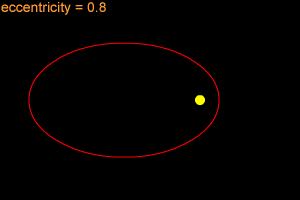
Most objects in orbits move along an elliptical path. An ellipse is a shape that can be thought of as a "stretched out" circle or an oval. An ellipse can be very long and thin, or it can be quite
...more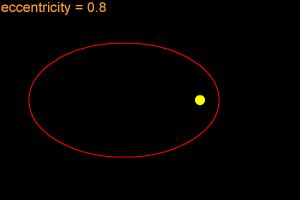
When one object is in orbit around another object, the orbit is usually an elliptical orbit. For example, all of the planets in our Solar System move around the Sun in elliptical orbits. An ellipse is
...more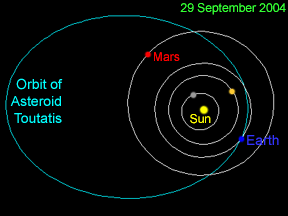
An asteroid the size of a mountain passed close to Earth on September 29, 2004. How close? Not close enough to worry about, but close enough for astronomers to get a pretty good look at it. Asteroid Toutatis
...more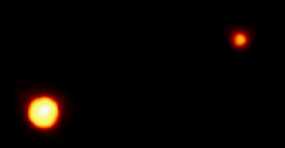
Pluto has been officially demoted from its status as a planet. The International Astronomical Union (IAU), at a meeting in August 2006, voted on their first "official" definition of a planet.
...more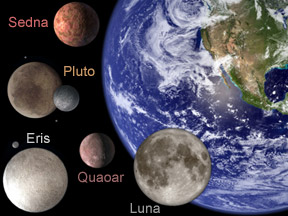
It may surprise you, but astronomers don't really have a good definition of a "planet". Because of this, Pluto is at the heart of a controversy about its status. Is Pluto a planet, or isn't it? Scientists
...more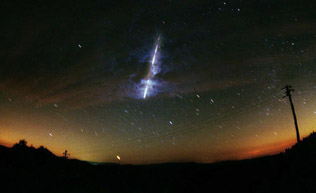
Meteors are streaks of light, usually lasting just a few seconds, which people occasionally see in the night sky. They are sometimes called "shooting stars" or "falling stars", though they are not stars
...more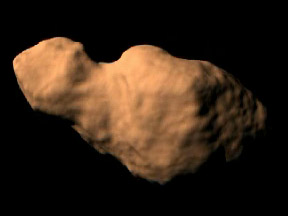
Toutatis is a very odd asteroid. It appears to be two asteroids that are either loosely stuck together, rolling around against each other, or orbiting very close to one another. The orbit of Toutatis crosses
...more









